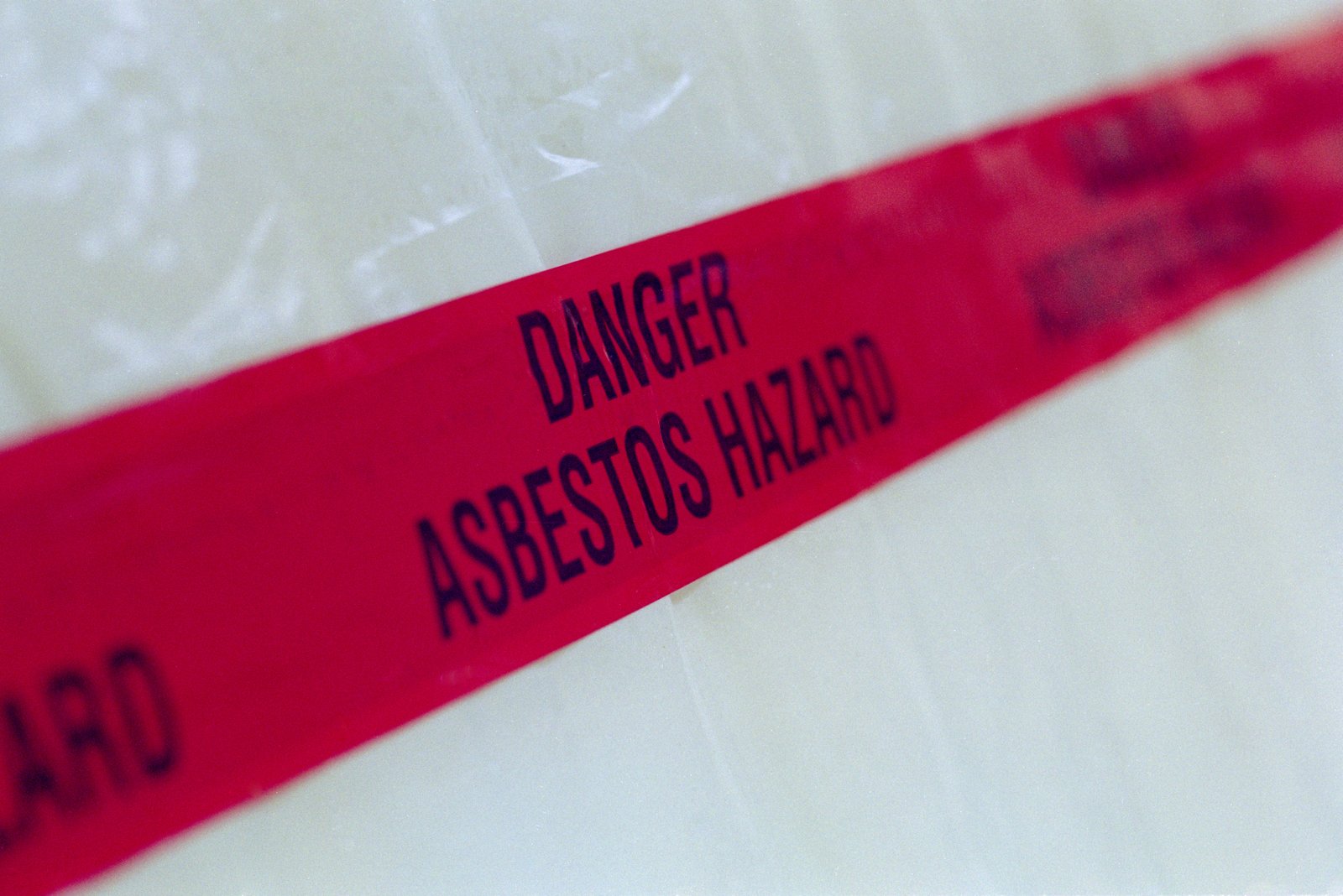What is asbestos?
Asbestos refers to six naturally occurring minerals that appear in the environment as bundles of fibers. These fibers can be separated into thin, durable threads that are resistant to heat, fire, and chemicals, and do not conduct electricity. Due to these properties, asbestos has been widely used in commercial and industrial applications. In addition to asbestos, minerals like erionite also exist in the environment with similar properties.
Asbestos minerals are silicates, meaning they contain silicon and oxygen atoms. These minerals are categorized into two groups: Serpentine asbestos and amphibole asbestos. The serpentine group includes chrysotile, the most widely used form, which has long, curly fibers that can be woven. The amphibole group includes actinolite, tremolite, anthophyllite, crocidolite, and amosite, which have straight, needle-like fibers.
How is asbestos used?
Asbestos has been mined and commercially used in North America since the late 1800s. Its use surged during World War II and has since found applications in various industries. In construction, asbestos was used for reinforcing cement, insulation, roofing, fireproofing, and soundproofing. Shipbuilding industries used it for insulating boilers, steam pipes, and hot water pipes. It was also used in vehicle brake shoes, clutch pads, floor tiles, and certain consumer products.
Over the years, regulations have reduced asbestos use, especially after bans in the late 1970s by the U.S. Consumer Product Safety Commission (CPSC) and the Environmental Protection Agency (EPA) on new applications. Existing uses from before the ban, however, are still allowed. Various industries have adapted to these regulations, and public awareness of asbestos hazards has led to a sharp decline in its usage.
What are the health hazards of asbestos exposure?
Asbestos exposure primarily occurs in workplaces, homes, or communities when asbestos-containing products are disturbed, releasing fibers into the air. These fibers can be inhaled, where they can remain in the lungs, leading to serious health problems over time. Prolonged exposure can cause lung scarring, breathing issues, and even cancer.
Asbestos is a known human carcinogen, causing mesothelioma (a rare cancer of the lung lining), lung cancer, and other types of cancers such as those affecting the larynx and ovaries. Long-term exposure can also lead to non-cancerous conditions like asbestosis and pleural disorders.
Who is at risk for asbestos-related diseases?
Most individuals are exposed to low levels of asbestos throughout their lives without significant risk. However, people exposed to high levels over extended periods, such as workers in asbestos-related industries (construction, shipbuilding, automobile repair), are at greater risk of developing diseases. Even short-term exposure has been linked to health issues in some individuals.
Individuals working in hazardous environments, such as demolition sites or firefighting, also face exposure. Family members of asbestos workers may face secondary exposure through contact with asbestos fibers brought home on clothing or skin.
What factors influence the risk of asbestos-related diseases?
Several factors influence the development of asbestos-related conditions, including the level of exposure, its duration, the size and shape of fibers, and individual factors like smoking. Studies suggest that amphibole asbestos fibers may pose a greater risk for mesothelioma compared to chrysotile asbestos due to their longer retention in the lungs.
How does smoking affect the risk?
The combination of smoking and asbestos exposure significantly increases the risk of lung cancer. Smoking cessation can reduce the risk, though individuals exposed to asbestos should avoid smoking entirely. Smoking does not appear to increase the risk of mesothelioma.
How are asbestos-related diseases detected?
Symptoms of asbestos-related diseases may take decades to appear, making early detection crucial. Common symptoms include shortness of breath, persistent coughing, chest pain, and weight loss. Doctors may use chest x-rays and lung function tests to detect early signs of asbestos-related diseases.
A lung biopsy or bronchoscopy can detect asbestos fibers in lung tissue, confirming exposure. However, these tests do not determine the amount of exposure or predict the likelihood of disease development.
How can workers protect themselves from asbestos exposure?
The Occupational Safety and Health Administration (OSHA) has regulations in place to limit asbestos exposure in the workplace. These regulations apply to industries such as construction, shipyards, and manufacturing. Workers should use appropriate protective equipment, and employers are required to implement safety measures to prevent asbestos exposure.

